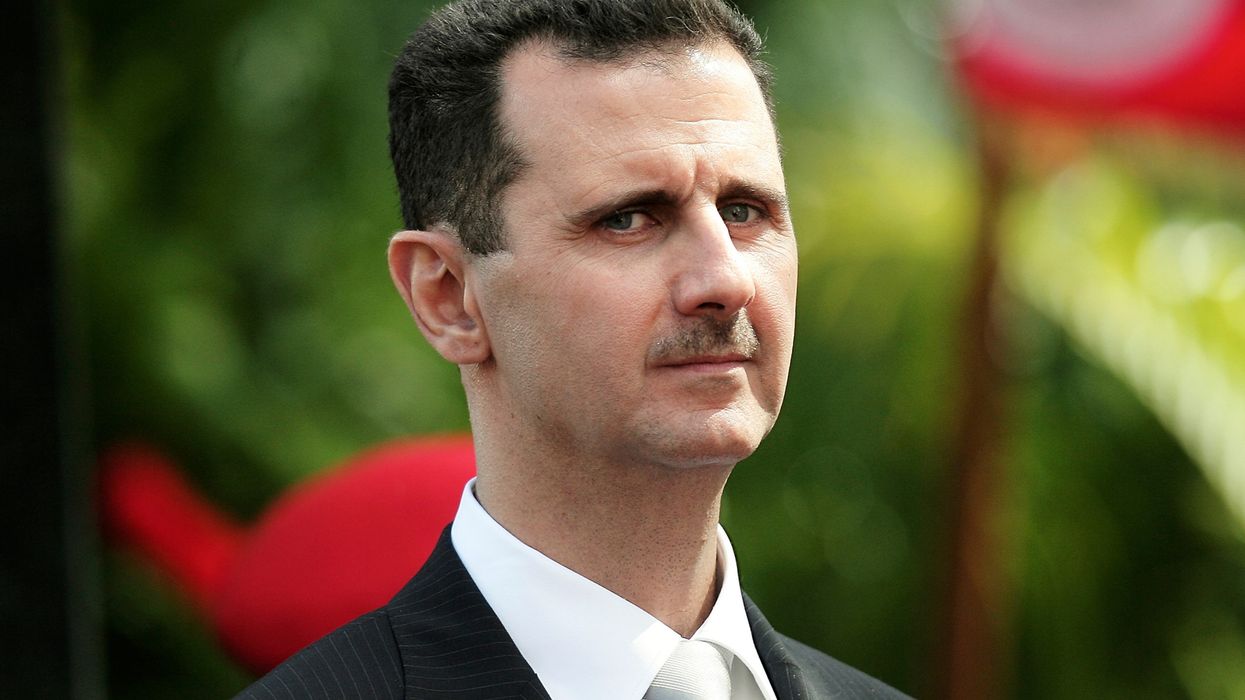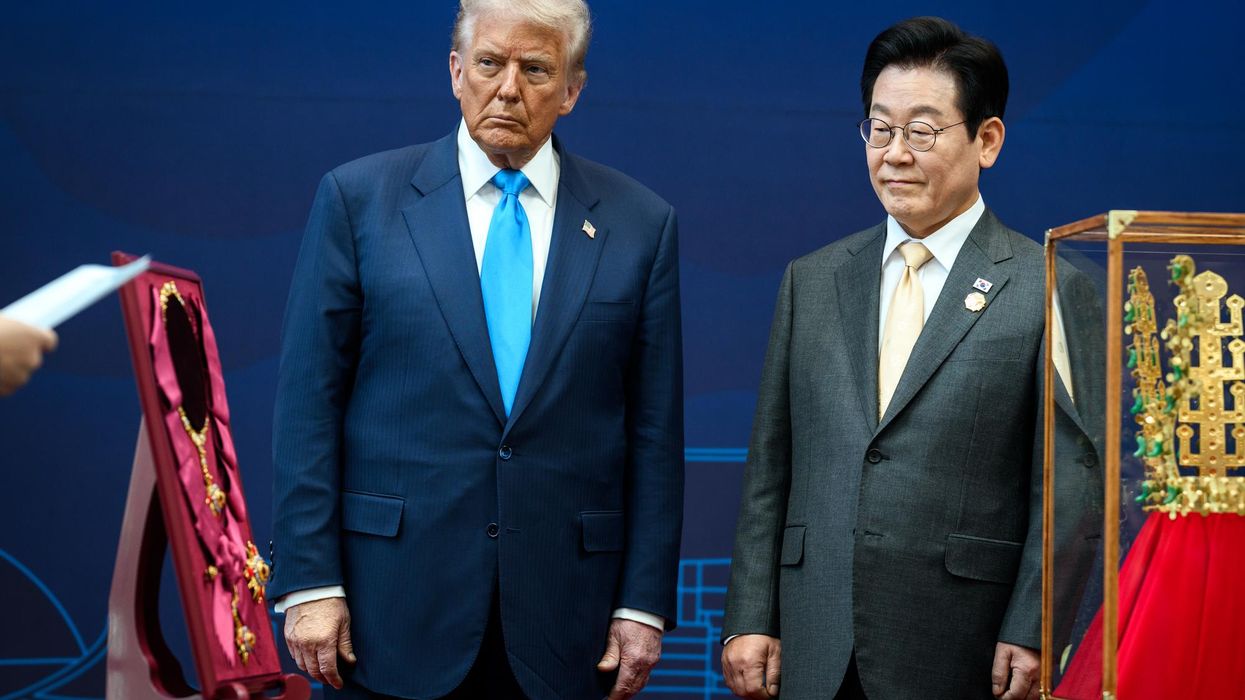Two years into the Gaza conflict and perhaps on the cusp of a successful phased ceasefire, what can we say?
On the basis of media reporting about Yahya Sinwar’s strategic rationale for attacking Israel on October 7, 2023, it seems that he believed Israel was on the brink of civil war and that the impact of a large-scale assault would severely erode its political stability. He believed that Hamas’s erstwhile allies, especially Hizballah and Iran, would open offensives against Israel, which, in combination with Hamas’s invasion, would stretch the nation’s military capabilities to the breaking point.
Years in an Israeli prison evidently led Sinwar to think that he understood Israel and what made it tick. There was something Dunning Kruger-esque about his self-confidence.
In the event, his attack unified a divided Israeli society and focused most of its electorate on the task of wiping out Hamas. Incidentally, we learned that hostage-taking works against the interests of the hostage-taker when it motivates the adversary to prioritize absolute victory even at the expense of the hostages’ lives. This was another factor that he did not anticipate. His misunderstanding, however, might be excused given the previous successes Hamas enjoyed by seizing hostages. But these very successes buttressed the refusal of Israel to add another ransom arrangement to the list.
On the Israeli side, there was an analogous story of self-deception. Reporting has focused on two elements. The first was Israel’s conviction before Oct. 7, 2023 that it had found the route to least cost stability on the Gaza front. The linchpin of this strategy was a tacit agreement with Qatar to pump cash into the Gazan economy and therefore into Hamas’s pockets. The premise was an assessment that Hamas had made its own strategic pivot toward governance and away from armed resistance. This strategy would also keep an opponent of Fatah in play, thus hamstringing the Palestinian Authority and dividing the national movement.
This approach seemed to secure quiet in the decade leading up to October 7. When a strategy seems to be working, there is generally little appetite within governments to consider alternative scenarios and hedging stratagems; if it ain’t broke don’t fix it becomes the guide to policy.
The second element was the “Konzeptzia,” the mindset that discounted both Hamas capability and motivation to challenge Israel on the battlefield. This caused Israeli military and intelligence leaders to downplay the risk of Hamas aggression. It also caused the political leadership to think that diverting troops from Southern Command to the West Bank to deal with Palestinian violence triggered by empowered settlers would be cost free.
In the end game, it was not lack of tactical warning, but rather a refusal to take it seriously because it ran against the grain of the Konzeptzia. Once it dawned on senior officers that the game was afoot, all the obstacles to swift preemption and mitigation described by Richard Betts in his work on surprise attack made disaster a certainty.
We know, too, that Hamas’s allies read the security environment very differently. It was clear from the outset that deterrence, which had been holding up relatively well between Hizballah and Israel since their brief war in 2006 and Israel and Iran since the 2015 JCPOA, was still preferred to armed conflict. Both Hizballah and Iran sought to preserve it. This necessarily meant leaving Hamas to twist in the wind. But the need to do something symbolic in lieu of something that could spin out of control, Hizballah initiated fire on Israeli assets in the northern part of the country. But the dynamic could not be fine tuned.
Before long the territory on both sides of the Blue Line had been savaged by artillery and rocket exchanges and, on the Lebanese side, Israeli airstrikes. The depopulation of Israel’s northern towns brought political pressure on the government that compounded strategic incentives to raise the stakes.
Israel had been preparing for a showdown with Hizballah since 2006, but had refrained from going to war. Hizballah’s measured – in its view — support for Hamas, which had just attacked Israeli civilians with sadistic glee, was enough to tip the balance. Iran settled for tough talk until Israel struck one of its installations in Damascus, killing senior IRGC officers. This led to missile attacks against Israel that coincided with the Gaza fighting but were not really organic to it.
We know now that the Israeli public supported Netanyahu’s focus on “absolute victory.” There were differences of opinion within the body politic and to some extent within the government over the place of hostages in this framework. But most Israelis seemed to accept the urgent priority of destroying Hamas. Indeed most Israelis were willing to accept serious tradeoffs in pursuit of this goal. Some sectors of the economy suffered, reservists were exhausted, casualties were high and Israel became increasingly isolated on the world stage.
We know, however, that diplomatic isolation is not an effective deterrent to the policies that invite it. In this instance, when Israeli society experienced October 7 in ways that many foreigners found difficult to fathom, growing isolation was not only a small price to pay but also an affirmation of right wing claims that Hamas was just the tip of an eternal antisemitic spear. We also know there was actually sufficient ambivalence in Europe and the Middle East regarding Israel’s brutal response to October 7 to ensure that isolation never evolved into punishment.
Even after a consensus regarding genocide crystallized in many capitals, punishment came only in the form of empty gestures toward Palestinian self-determination.
In part this was due to the awkward fact of Hamas’s role as the aggressor, in part to avoid clashes with the Trump administration when it was in its anti-NATO, pro-Russia phase, and in part because condemning Israel might come back to haunt them if they ever faced a similar attack. The fact that only Turkey, Bolivia, Nicaragua and Belize severed diplomatic relations with Israel over the course of the war should be the subject of careful study in the months and years ahead.
If we had not already known, we are now aware of American lack of leverage over Israel. The U.S. has been pleading for a ceasefire for at least a year while proffering arms and money in support of Israeli operations. Until now, Netanyahu has defied these pleas. The proposition that the U.S. has no usable leverage is now being debated by the Washington commentariat. Those who believe that the U.S. could control Israeli actions through threats of retaliation or imposed distance, have pointed to Donald Trump’s bluster as evidence that there was indeed a reservoir of leverage from which a right minded president could draw and that Israel’s leadership would respect. Headlines and editorials reflect the pull of this narrative.
What do we know that might clarify things? First, we know that Israel had largely achieved its explicit and implicit war aims by decimating Hamas, transferring the casualty risks of urban combat to Gazans, using hunger as a tool to use against Hamas, and demonstrating to Palestinians that Israel held the power of life and death over them. The war therefore had reached a point of sharply diminishing returns to scale.
Second, that the terms devised by the White House largely mapped onto conditions that Netanyahu had long insisted upon.
Third, Israeli overreach complicated Netanyahu’s options going forward. The attack on Qatar was pivotal in this respect. If Israel had restrained itself Netanyahu would not have faced the pressure he did from the Gulf and Washington. And there was a former British prime minister, Tony Blair, waiting in the wings with a fully fleshed out day after plan that had been coordinated with Israel, Washington and key Gulf states and geared to Trump’s 20 points.
Lastly, it is crucial to remember that Trump was not operating in a domestic political setting that his predecessors ever experienced. The combination of an utter absence of domestic constraints and an impulsive personality helped produce a good outcome for Israel and perhaps for the Palestinians. Also relevant is the interest of both Netanyahu and the Trump administration to cast Trump’s intervention in such epic terms. For Netanyahu, this provides a degree of political immunity for doing politically tricky things he wanted to do anyway; he can tell his partners on the right that he had no choice —“Trump made me do it."
And Trump, as he has said himself, wants a Nobel peace Prize. Given this context, attributions of a decisive role to Trump in bringing a war that was virtually over to provisional conclusion need to be taken with a grain of salt.
We know as well that Israeli actions have alienated many Americans, including Jewish-Americans. This trend did not originate in the past two years but was observed at least a decade ago by scholars. Perceptions of Israeli excessive violence, indifference to noncombatant suffering and accusations of genocide — which applied to a Jewish state were especially provocative — turbocharged this trend.
Attitudinal shifts are clearest in younger age cohorts and have therefore not reshaped party politics yet at the national level. But they will and historians will identify the Gaza war as a turning point.
Finally what do we know about how the ceasefire arrangements will play out? Based on the past two years, It is likely that phase one will conclude successfully. The 20 living hostages will be returned and an Israeli military presence in about half of Gaza’s territory will have an international imprimatur. And Israeli attacks against Palestinians will stop, or at least slow down. One thing we know from Israeli operations in Lebanon is that from Israel’s perspective, airstrikes and other operations are compatible with a ceasefire.
What we do not know is whether phase two will eventuate. The provisions are still being discussed at the technical level. And the grandiose bits — Donald Trump as head of a “peace board,” the consolidation of a technocratic government, the deployment of a rapid reaction force largely manned by Arab soldiers — these must remain for the moment in the category of unknown.
- This isn't a 'war' — Israel is destroying a population ›
- Trump Gaza Deal will work: If he keeps pressure on Israel ›
















